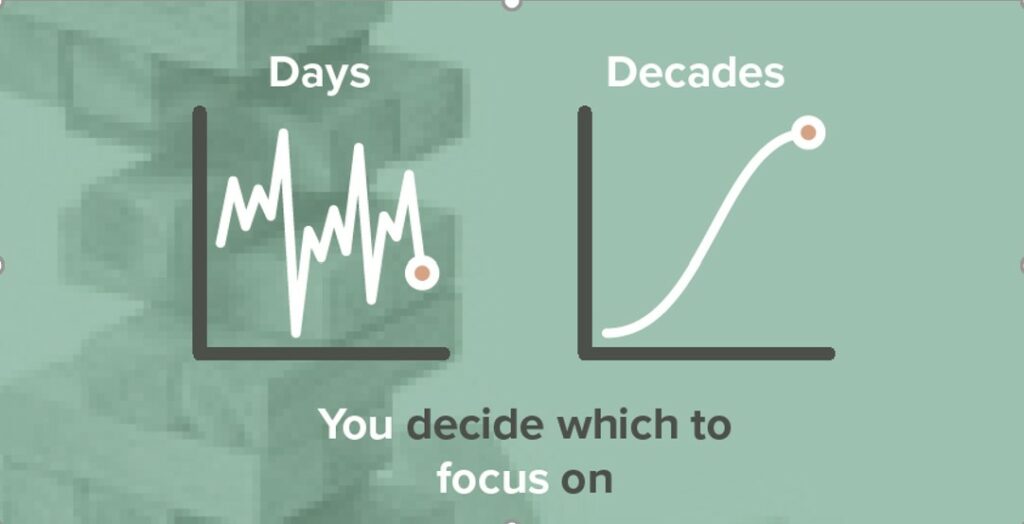Retiring at 60 years old isn’t difficult. With some sacrifices, most of us could do it. One way would be to sell the property that we own in the UK and retire somewhere much cheaper, like India, where the cost of living is much less than the UK. It would be the ultimate downsizing. However, moving halfway around the world isn’t something many of us fancy, our friends and family live in the UK and don’t want to leave them. But just because you don’t want to up sticks and move to Mumbai, doesn’t mean you can’t still plan to retire at 60. Follow our 7 simple hacks on how to retire at 60.
What size pot do you need?
During the first meeting with my clients, I always ask, “what would you do tomorrow morning if I gave you a cheque for five million pounds?” Although some of them would still carry on working, the majority would be digging out their passport and heading for Heathrow. They don’t hate work, in fact most of them enjoy it, but there are so many other things they’d rather be doing instead. That’s why, in our experience, the vast majority of people’s savings over a lifetime are earmarked for retirement.
The first place to start is to work out your number. This is the size pot you need to have accumulated to retire and maintain your lifestyle. I’ve written a blog to help you work that out here.
1. Focus on long-term growth, not short-term noise.
I hold frequent financial advice surgeries for local businesses. Often when I speak to millennials, they are risk-averse and choose to invest cautiously. While this isn’t wrong, financially it is likely to be costly. They are concerned about losing their money and rightly so, but they are making the common mistake of confusing short-term volatility with permanent losses. The longer your time horizon the longer the portfolio has to recover.

2. Listen to Einstein
Compound interest is the 8th wonder of the world according to Einstein. The earlier you start the sooner you start to benefit from the compounding effects of interests. If you had invested £10,000 into a savings account paying 1% interest 10 years ago you’d have around £11,051 today. If you’d done the same into a medium risk, stocks and shares ISA it would worth £16,470.
3. Watch your costs!
All stock market-linked investments have costs associated with them, but the differences between them can be significant. The cheapest offerings from companies like Vanguard start at 0.15% while some of the more expensive offerings come in at well over 2%. As much as a third of your savings pot could be eaten up by avoidable fees which can add up to tens of thousands of pounds, it could mean the difference between retiring at 60 or much later.
4. Don’t save what’s left after spending, spend what’s left after saving
If you want to know how much you should save, a rule of thumb is to divide the age you start saving by two and use that as a percentage of your income For example at aged 20 you need to save 10%, at age 50 you need to save 25%.
5. Get free money from your workplace pension
Under current auto-enrolment rules your employer will contribute 3% to a pension if you put in 5%. It’s free money. If you enrolled in your workplace pension at 20 years old, you’re already saving 8% of the 10% you need to retire at 60. If you haven’t already.
6. Don’t spend money on stuff you don’t need
A few years ago I read a book called Stuffocation by James Wallman. The premise of the book is that we all spend too much on stuff we don’t need. It’s true, I’m guilty of buying the latest thing or not using the things I already have. If you want to retire at 60 that must stop. If you are looking to make a major purchase stop and ask yourself, do I really want it, do I really need it? If the answer is yes delay the purchase for 24 hours and then decide whether to buy it or not.
7. Remember your tax-breaks
If you’re a higher or additional rate taxpayer don’t forget to reclaim the additional rate tax relief. Most people know that you receive 20% tax relief on personal pension contributions. This means that if you contribute £8 HMRC adds a further £2. What some people don’t know is that a further £2 for higher rate and £2.50 for additional rate taxpayers can be reclaimed via the self-assessment process.
What Next?
It’s never too early to start planning retirement, regardless of when you’re planning to do it. Most people don’t understand how they are invested, what the charges are and what risk they are taking. 4 Financial Planning offer a free retirement review service to see if you’re on track. You can book an initial consultation here. Working together we can help you have a happy retirement.
A pension is a long-term investment. The value of your investment (and any income from them) can go down as well as up and you may not get back the full amount you invested. Levels, bases of and reliefs from taxation may be subject to change and their value depends on the individual circumstances of the investor.

